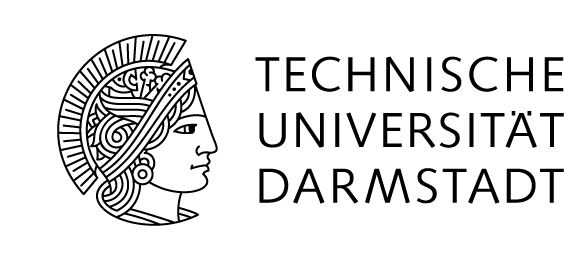Intel oneAPI Center of Excellence
Through the oneAPI Center of Excellence established at TU Darmstadt, the Embedded Systems and Applications Group in collaboration with Intel aims to port an accelerated version of the AutoDock application to create a single codebase that can be efficiently optimized and tuned for multiple hardware architecture targets.
AutoDock is widely-used for simulating molecular interactions at close distances, aiming to predict the best “fit” of two molecules to each other from a biophysical standpoint. These “docking” results are an important initial step for the discovery of new drugs, as the computations can be performed much more quickly than experiments using traditional “wet lab” chemistry.
However, the high-accuracy simulation of these docking processes is computationally expensive, and drug discovery requires the simulation of a multitude of compounds. To address this challenge, we are working on an accelerated version of AutoDock, called AutoDock-GPU, which aims to speedup such simulations by parallel execution utilizing a number of computing targets, including general compute multicore processsors (CPUs), graphics processors (GPUs), and reconfigurable compute units.
Together with Intel experts, we are now leveraging oneAPI to build the next-generation parallel implementation of AutoDock-GPU. Using oneAPI, the new AutoDock-GPU implementation also has the potential to be scaled-up for execution on the upcoming Aurora supercomputer at Argonne National Laboratory in Illinois (USA), which will rely on a mix of Intel CPUs and GPUs to provide a performance of two exaFLOPS. Combining an improved AutoDock-GPU with that much compute power will provide the deeper insights needed to address current and future challenges in medical and pharmaceutical research much faster than is possible today.

